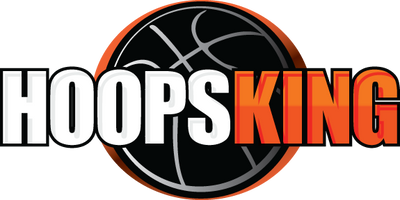Videos
Description
Ed Cooley: Aggressive Transition Offense
Playing transition offense in basketball is more than just running up and down the floor. Ed Cooley, head men’s basketball coach at Providence College shows you how to organize your transition offense in this video. Learn how to execute the fast break at a high level from the 2010 Ben Jobe National Coach of the Year. Coach Cooley shares with you his three phases of transition offense after a miss, his secondary break, and scoring against a set defense.
Spacing the Floor
One of the key components of running the fast break is spacing. Coach Cooley uses on-court demonstrations to show you the importance of a point guard pushing the ball up the floor and looking to get the ball to a post player for an easy basket. You will learn the concept of “street runners” which are wings that run wide up the floor looking for a drive, an open 3-point attempt, or a dish to the post.
It is here where Coach Cooley also introduces his three phases of transition after a miss.
- Scoring off a miss and getting a score within the first three to five seconds of offense
- Secondary break using ball reversal and the trailing post player
- Scoring against a set defense and getting into your continuity offense
Getting the Ball Out of Bounds
Too many teams spend too much time inbounding the ball after a made basket by their opponent. Coach Cooley drills the idea of “tap and go” with the inbounder and point guard. This starts the transition offense. A simple two-player drill is used to teach this concept where the inbounder gets the ball quickly to the point guard in order to get the ball up the floor as quickly as possible.
The Secondary Break
When the initial fast break doesn’t result in a shot attempt, the second part of the transition offense begins. The ball is passed to the trailer running the floor. The trailer can swing the ball to the wing and screen away for the point guard. This results in a post-up opportunity or a pass back to the top placing the ball back into the hands of the point guard.
The secondary break can also utilize a ball screen. The ball screen is used to take advantage of space and to also try and create some mismatches. The use of ball screens in the secondary break makes it very difficult for the defense.
End-of-Game Quick Hitters
Coach Cooley also shares with you a number of quick hitting plays designed to produce points in an end-of-game situation. Each play takes into account how many points are needed. For example, the first quick-hitter is a fake dribble hand-off. If you need two points, the point guard can drive to the basket. If you need three, there is an opportunity for a pass off of a fade or pin-down screen.
If you are looking to increase the tempo of your offense, learn the transition offense from one of the game’s elite coaches. Coach Cooley covers all aspects of the fast break offense allowing you to easily implement some of his ideas into your offense. Rent this transition offense DVD today.
Frequently Asked Questions (FAQs)
Q: Can I rent DVDs if I'm located outside the USA?A: No, we only rent DVDs within the USA. No rental DVD orders will be mailed outside the USA.
Q: Is it possible to purchase the DVDs instead of renting them?
A: No, the DVDs are available for rent only and are not for sale.
Q: What do I need to do before renting a DVD?
A: Before you can rent a DVD, you must submit a Rental Membership form. This is a one-time requirement.
Q: Is there a monthly subscription fee for renting DVDs?
A: No, there is no monthly subscription fee required.
Q: How long is the viewing period for rented DVDs?
A: The viewing period is 5 days for single titles and 10 days for DVD sets. If you order at least 3 single DVDs, then the viewing time is 10 days.
Q: What are the shipping costs for renting DVDs?
A: Shipping is FREE! The price of the rental includes shipping and return shipping. There are no additional shipping charges.
Q: Can I get an extended viewing time?
A: Yes, just make the quantity of a DVD (2) and that will double your viewing time.
Custom Coaching Products
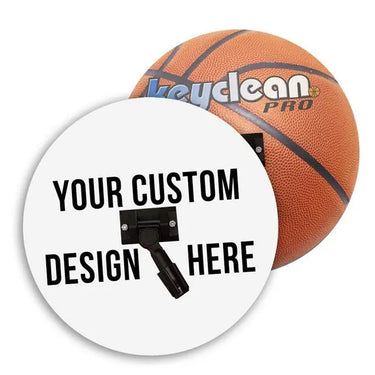
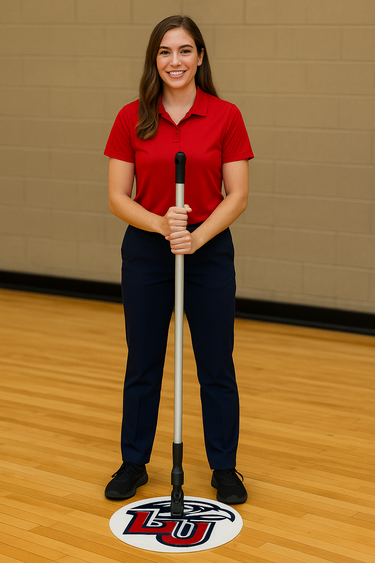
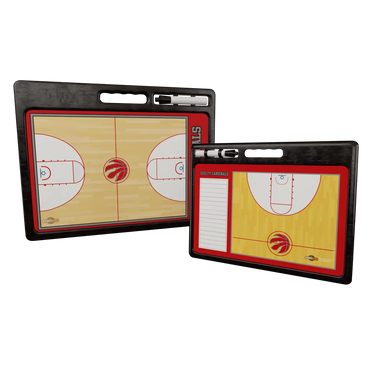

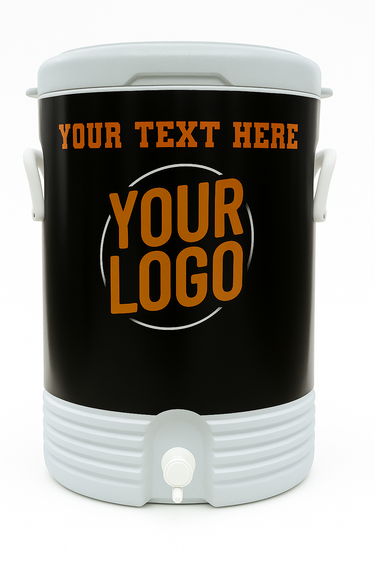



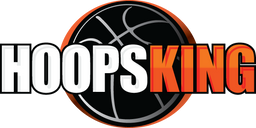
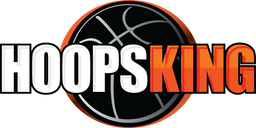



 Learn Ed Cooley’s “Double Drag” Set Play! - Basketball 2016 #79
Learn Ed Cooley’s “Double Drag” Set Play! - Basketball 2016 #79
 Ed Cooley: Aggressive Transition Offense
Ed Cooley: Aggressive Transition Offense
